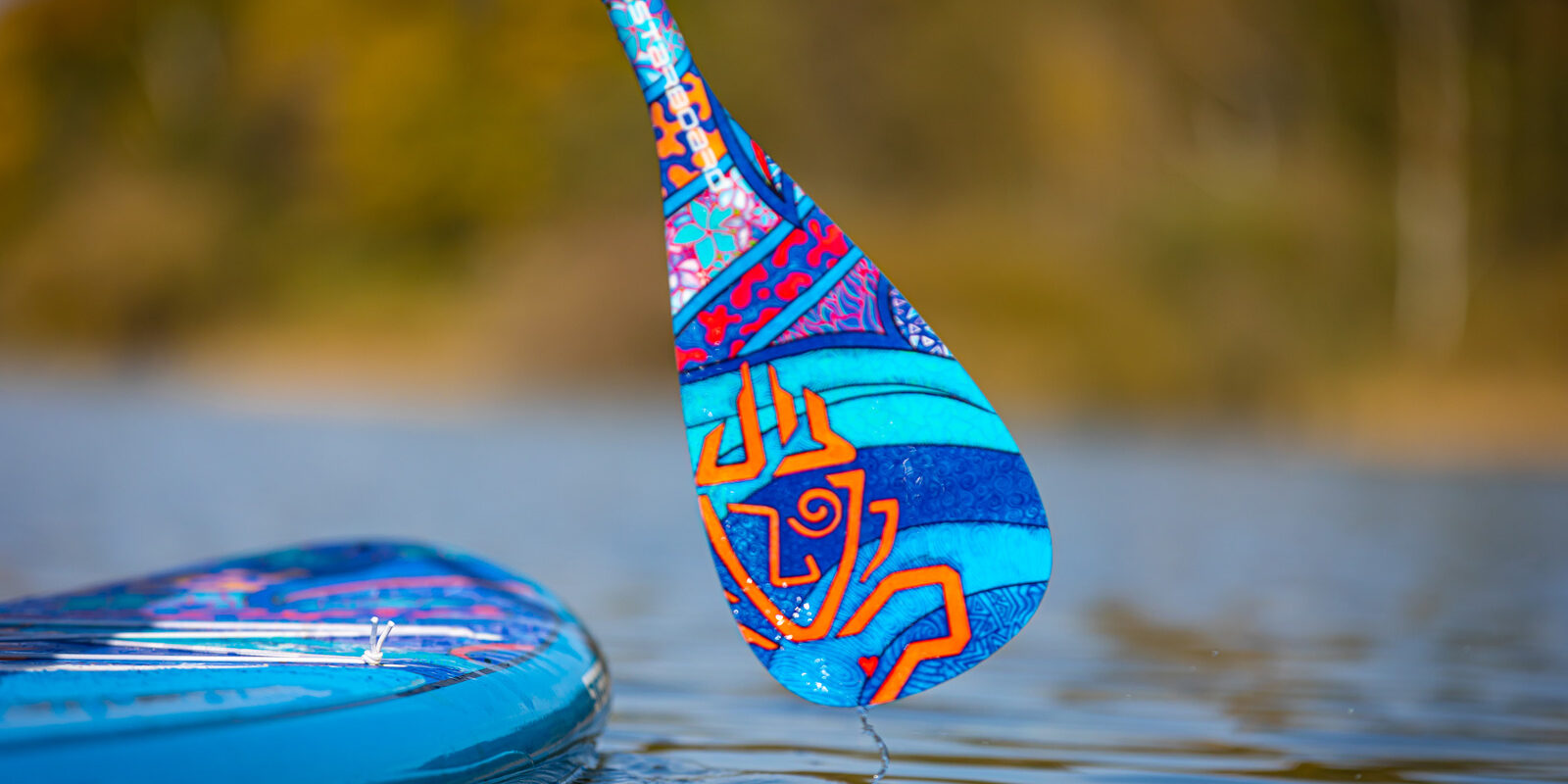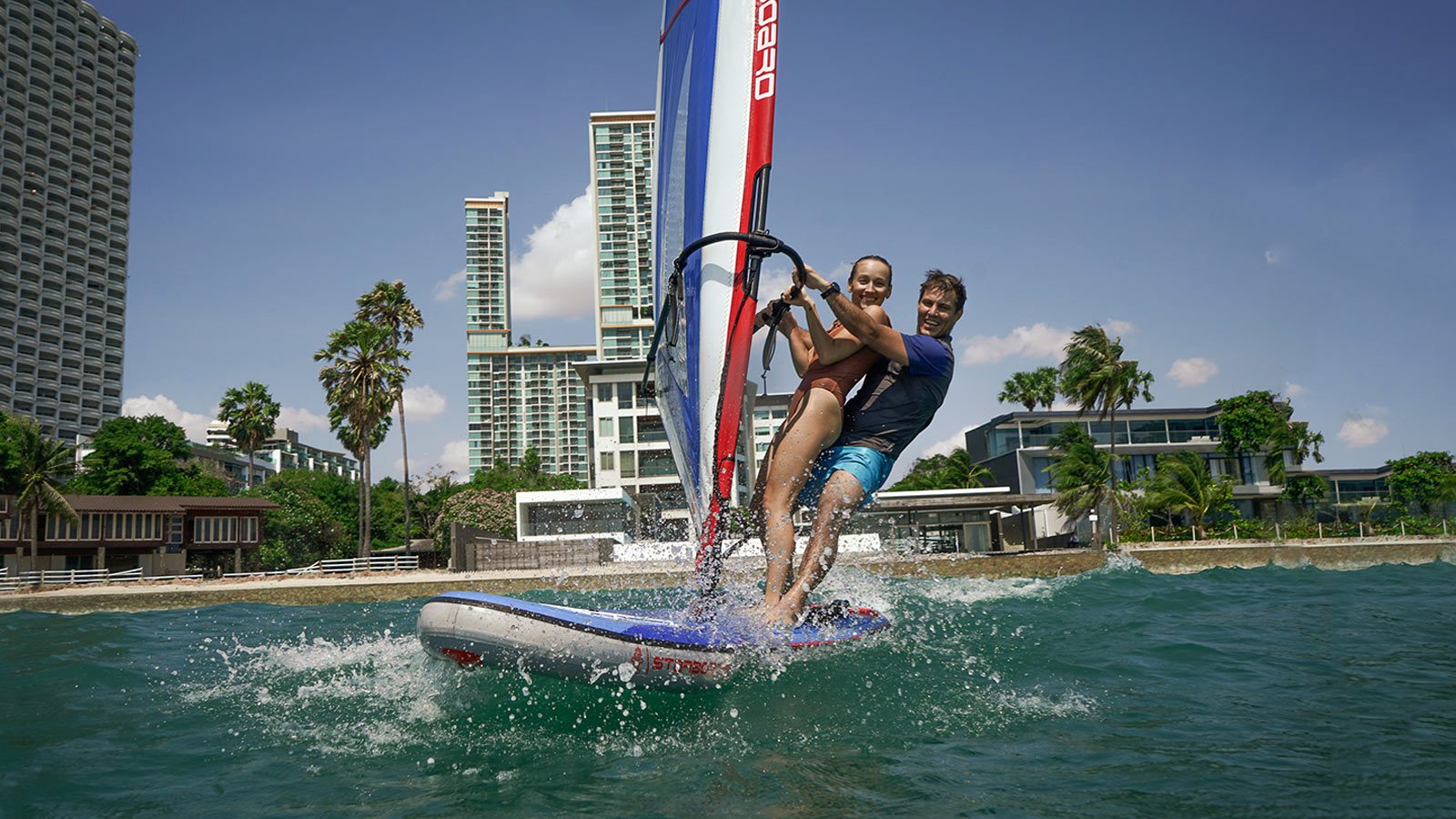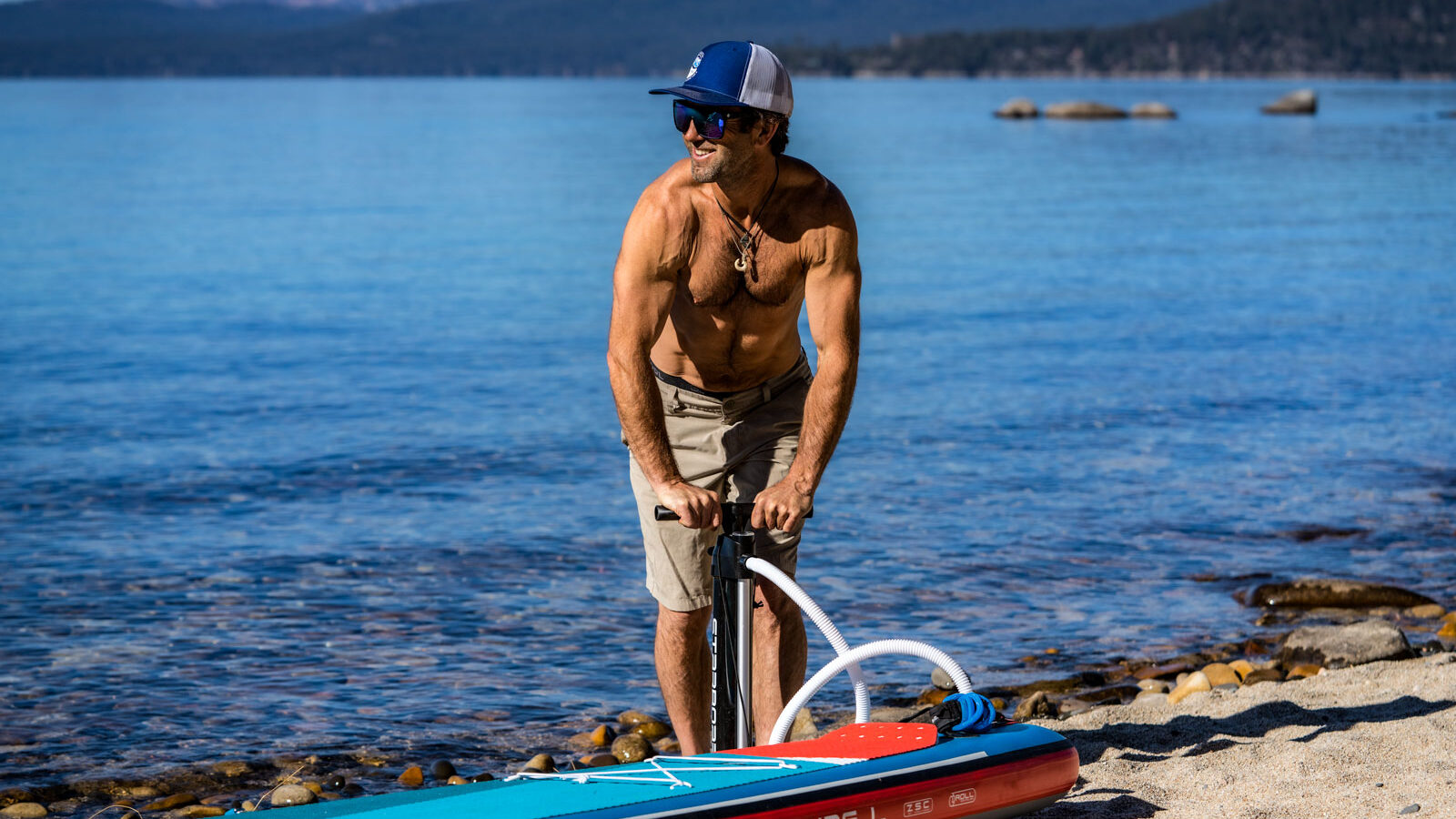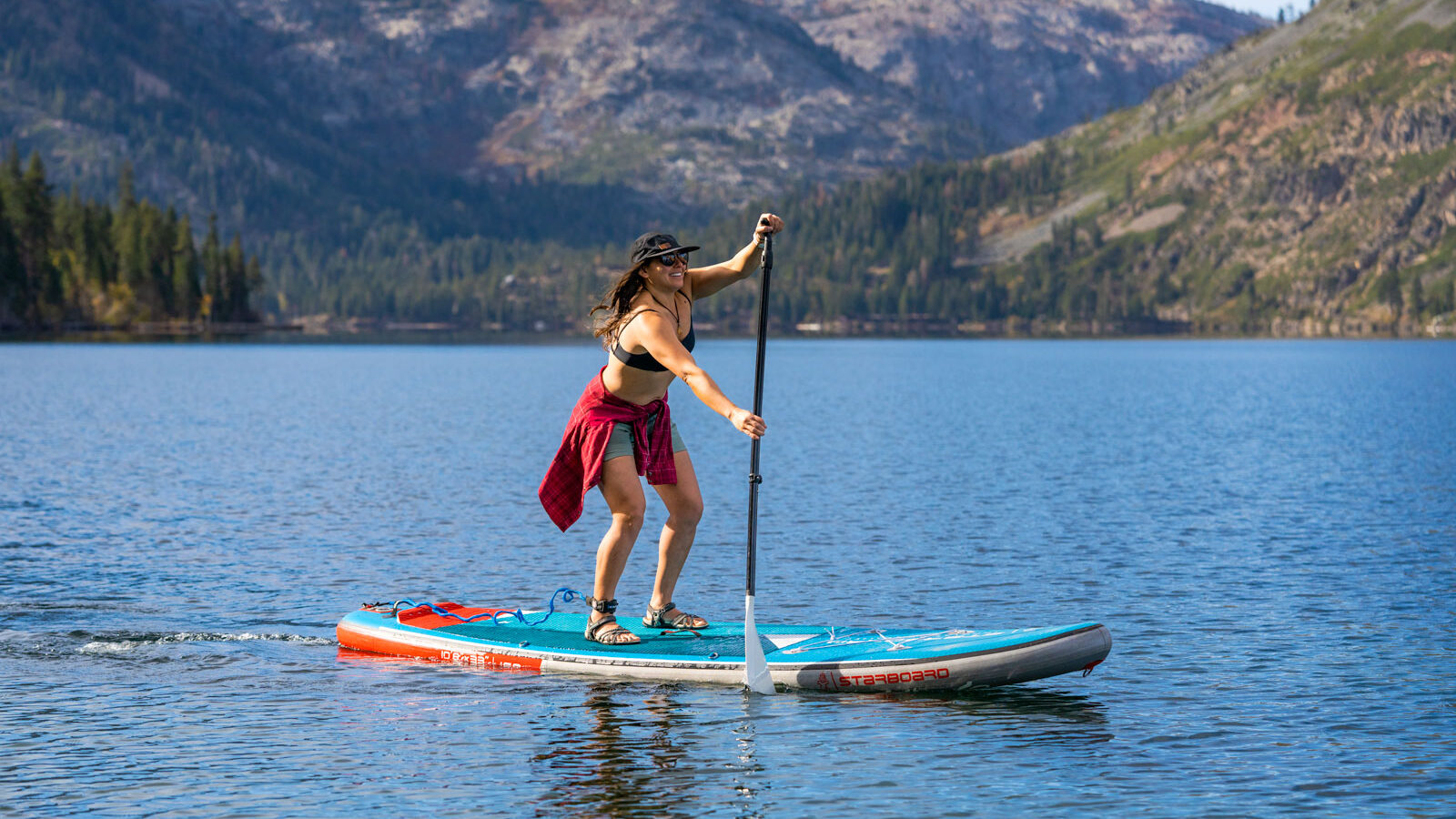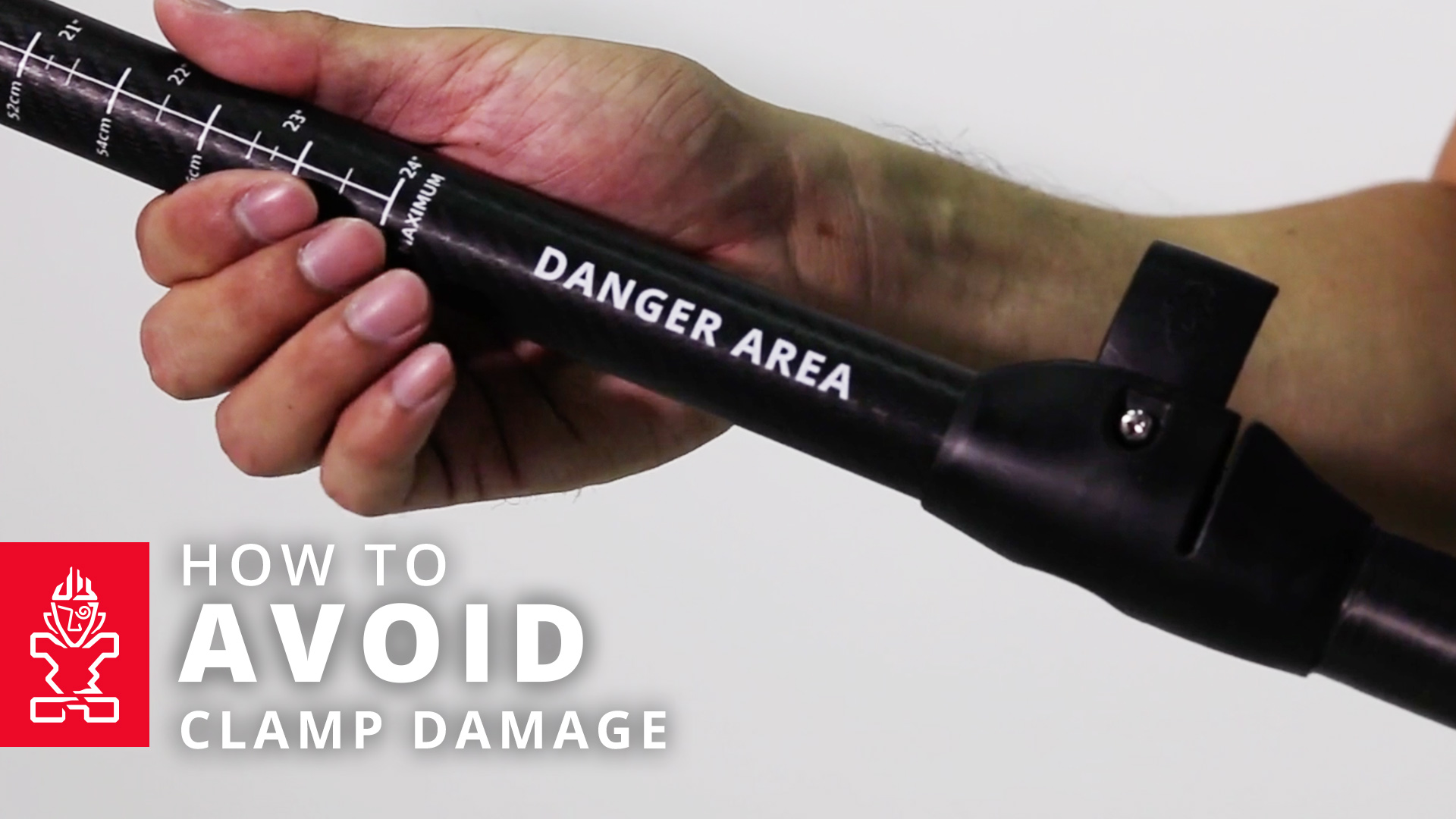When it comes to stand-up paddleboarding (SUP), the paddle is just as important as the board itself. A good paddle can make all the difference in your performance on the water and can enhance your overall paddling experience.
However, with so many options available, it can be difficult to know which paddle is the best choice for you. In this article, we will discuss some key considerations to help you choose the best SUP paddle for your needs.
1. Blade Shape & Size:
One of the first things to consider when selecting a paddle is the blade size and sahpe. The blade is the part of the paddle that goes into the water, and its size determines how much surface area is available for propelling you forward. A larger blade will provide more power and efficiency, but it will also require more strength to use and will be more tiring over a long session. On the other hand, a smaller blade will be easier and more comfortable on the body to use, but will not provide as much power.
The blade shape can also affect your performance on the water, with some paddles featuring a more contoured or angled blade for better power, stability and efficiency.
The best blade size and shape for you will depend on your strength and paddling style. Starboard offer two blade styles in various sizes, the Lima paddle and Enduro paddle.
2. Shaft Length (and Adjustable Shafts):
Another important factor to consider is the shaft length. Paddle length is important because it determines how much leverage you have when paddling. If the paddle is too short, you will have to bend over to reach the water, which can be tiring and uncomfortable. On the other hand, if the paddle is too long, it will be difficult to control and may cause you to lose power and efficiency. To determine the ideal paddle length, stand with your hand in the shaka position on your head. A shaka’s width over your head should be where the paddle handle comes to. This is a good place to start before getting on the water and fine-tuning for the style, conditions and comfort. Adjustable shaft paddles are the best way to find your most comfortable position and allow you to have one paddle for many boards and conditions. Read more in our Definitive Guide to SUP Paddles on setting up your paddle.
3. Shaft Flex & Materials:
Shaft flex should be taken into account when choosing a paddle. A stiff shaft is great for high performance in racing or more power to catch waves, however, a stiffer shaft also has more impact on the riders body. Paddlers just getting into SUP should opt for a shaft that has some flex and more gentle on the shoulders.
The material of the paddle is also important, as it will affect the weight, strength, and durability of the paddle. Paddles can be made of a variety of materials, including aluminum, fiberglass, and carbon fiber. Aluminum paddles are generally the least expensive and are suitable for beginner paddlers. Fiberglass paddles are a bit more expensive and offer a good balance of strength and weight. Carbon fiber paddles are the most expensive option, but they are also the best performing, lightest and strongest.
4. Handles:
In addition to these basic considerations, there are also other factors to consider when selecting a paddle, such as the handle and grip. The handle should be comfortable to hold and should not cause hand fatigue, even after extended use. The grip should provide a secure hold, even when your hands are wet.
5. Conclusion:
When it comes to finding the best SUP paddle for you, it’s important to do your research and try out a few different options. A high-quality paddle can make a big difference in your performance and enjoyment on the water. Starboard offers a range of paddles in different lengths, blade sizes, and materials to suit a variety of paddling styles and needs. With a bit of research and some trial and error, you can find the perfect paddle to help you make the most of your stand-up paddleboarding adventures.

